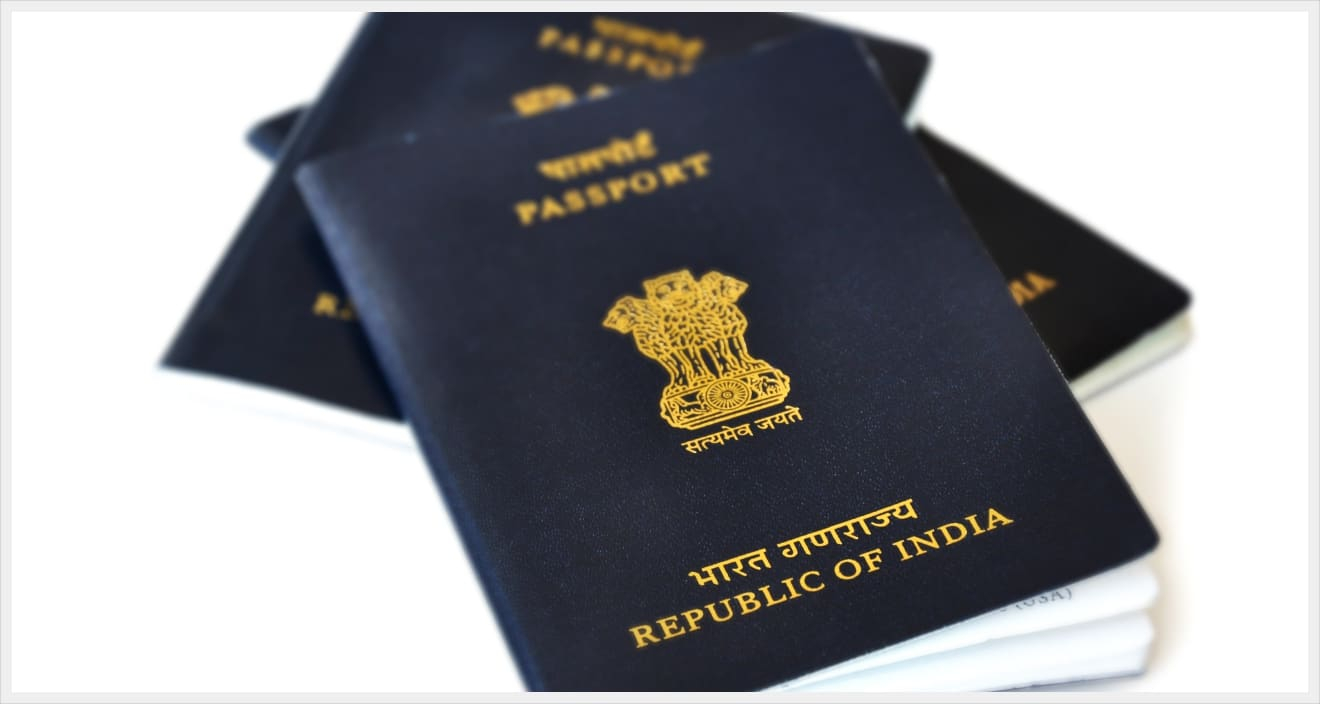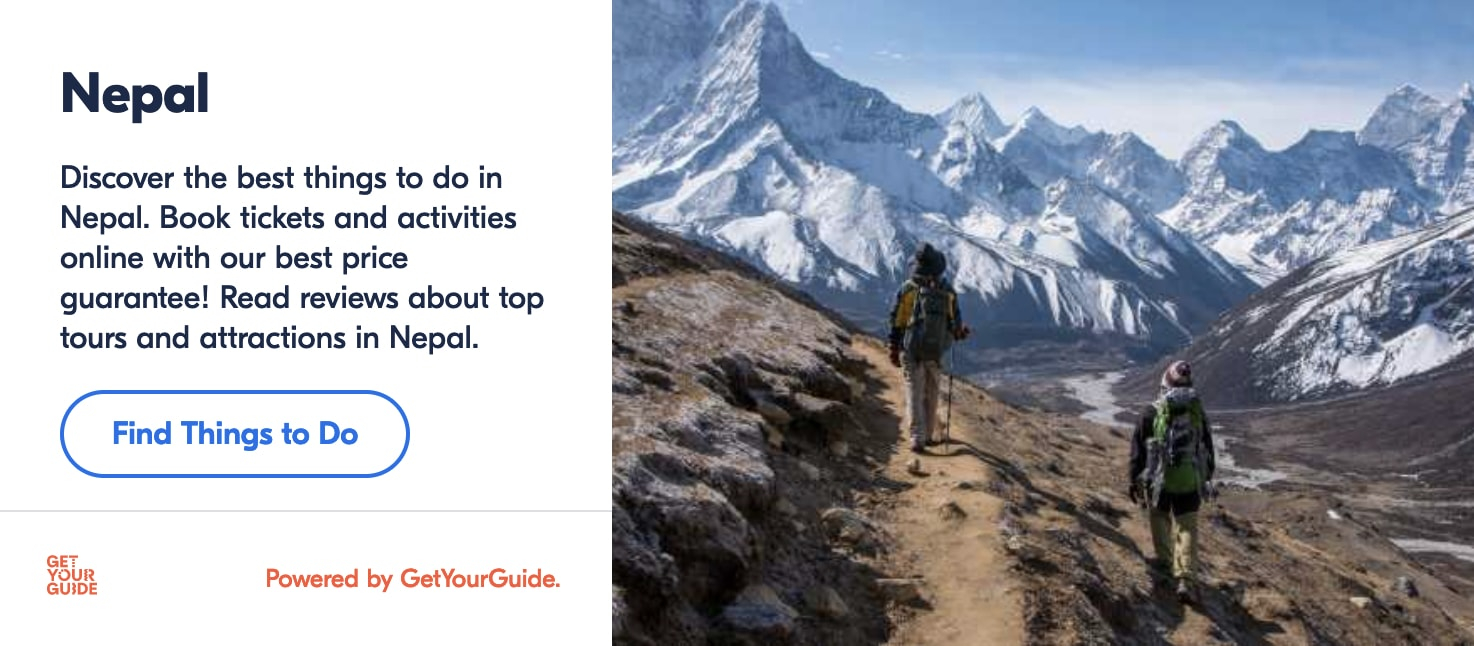As I ended my Nepal trip that lasted more than a month, I was ready to fly to Bhutan. This is when I realized a detailed article about Nepal visa requirements for Indians would be a good idea.
Even though the rules and regulations regarding Indians entering Nepal and vice versa are pretty simple, there is often some confusion regarding this. In this article, I will try to explain Nepal entry requirements for fellow Indians.
As you might already know, the friendship between India and Nepal goes a long way. Diplomatic relations between these two countries have been strong for a long time.
This friendship has led to an agreement of free movement between India and Nepal. According to the 1950 Indo-Nepal Treaty of Peace and Friendship, citizens of India and Nepal can freely enter and exit both countries without requiring a visa.
While this is a straightforward thing, it often leads to some usual questions. Even though I knew Indians do not need a visa, I was left confused when I entered Nepal.
Entering Nepal from India by Road
When I reached the Indian side of the border checkpoint, I asked the officers whether they would stamp my passport. The answer was negative. “So, there’s no mention on my passport that I entered Nepal?” I asked again.
The officer on duty made it clear that Indians don’t need to get their passport stamped upon entry on either side of the border. Which means, you can just enter and exit both countries anytime.
Even though I felt proud of my Indian passport and India’s relations with Nepal, some questions were still popping up in my mind.
As I entered Nepal and walked towards the checkpoint, I saw some officers checking the vehicles passing through the border. The immigration office was probably having a break as I saw no one around.
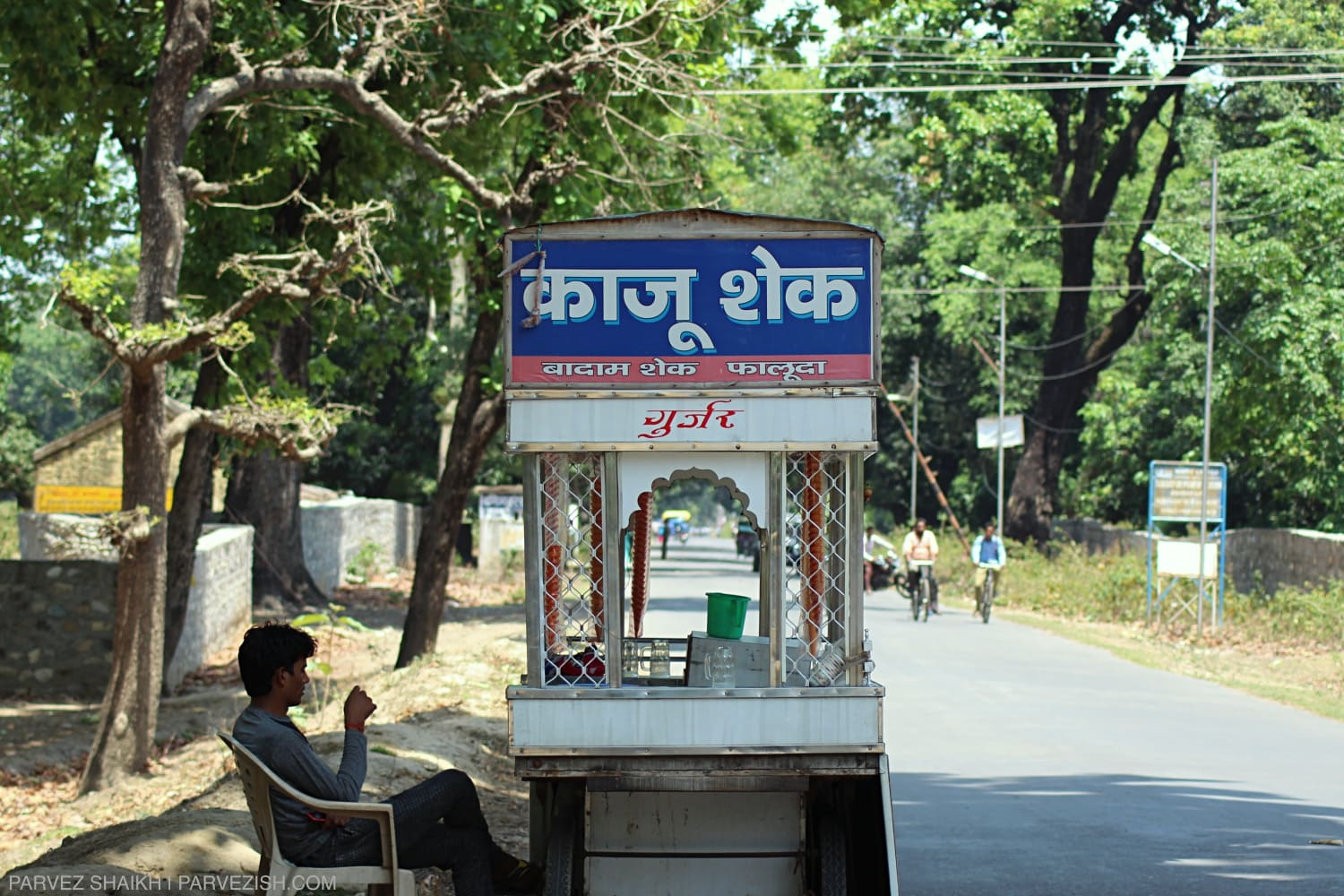
I walked by the checkpoint without anyone asking me a single question. No one even looked at me. This is what made me feel even more confused. I felt like I was sneaking in. So I took a few steps back towards the officer busy checking those vehicles.
“Excuse me. I am an Indian entering Nepal,” I introduced myself. “Am I supposed to get a permit or something? Or are you supposed to check my bags or anything?”
It was me who was confused until now. But my questions made the officer confused, too.
“So, you’re entering Nepal? Right,” Said the officer. “What exactly is the problem here? Do you need help?”
“Am, no. I just want to know whether I need a permit or get my bags checked somewhere?” I asked again.
“Right. Well, no. Wait. What is your name? Where do you live in India? What do you do?” The officer fired some usual questions, which I answered.
“Fine, you can go.”
“That’s it? Do I simply walk in? No checking, no permit, nothing, right?
“Yes.”
“Okay! Thank you, officer!”
Lesson learned and confirmed. Indians do not require a visa to enter Nepal. In addition, there’s no need to get a stamp on your passport, either. You can just walk between India and Nepal.
Documents You Should Carry When Entering Nepal
Although there’s no need to have a visa to enter Nepal, there are some documents you are required to carry to establish your Indian citizenship and identity.
If you are entering Nepal by road, you can carry an election card or a valid passport and present it when asked.
According to Bureau of Immigration, India website, Indians travelling to/from Nepal by air are required to carry at least one of the following:
- A valid Indian passport
- Election ID card issued by the Election Commission of India
- A photo identity card issued by the Government of India, State Government or UT Administration
- Emergency Certificate issued by Embassy of India, Kathmandu
- Identity Certificate issued by Embassy of India, Kathmandu
Note: Adhar card (UID) is not considered as a valid travel document when traveling to Nepal.
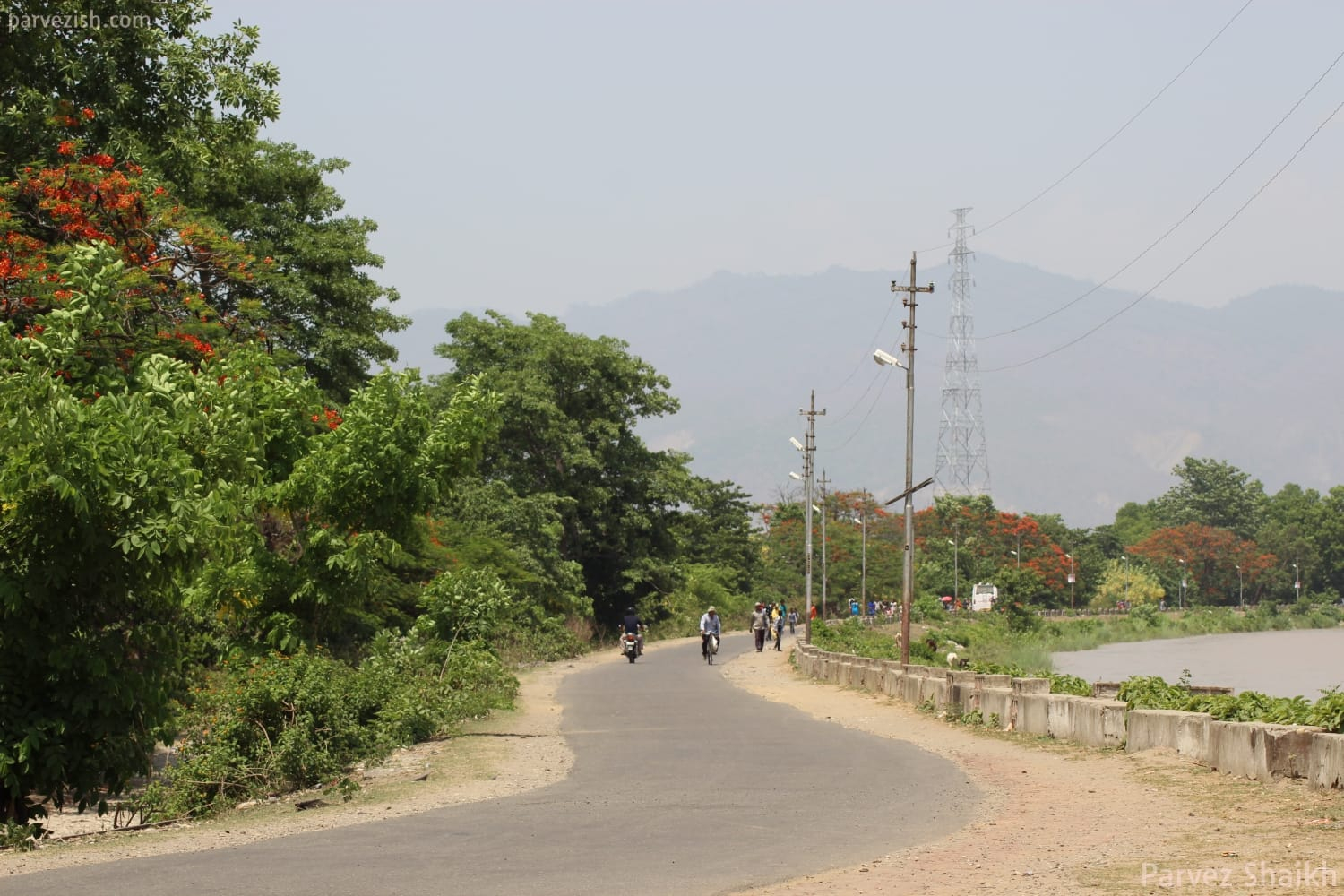
In addition to a travel document, you should also carry your itinerary and be clear about your travel plans. This is not required but you might need it sometime.
Having a clear travel plan will help you avoid confusion during certain situations. (It helped me while I was questioned by some Indian policemen when I was walking into Nepal.)
It’s okay if your itinerary is tentative. But you should be clear about at least one plan you would follow if you don’t change it later.
In addition to an ID and an itinerary, you should also carry some passport-size photos along. If you are planning to go on a trek, you will need to take a permit where these photos will be useful.
Even if you don’t plan for a trek, it is always wise to carry some photos. You never know when you might need them.
Should You Carry Your Passport?
There is absolutely no need to carry your Indian passport when entering Nepal. You can enter Nepal with an election card, too. But there are certain scenarios where a passport is required.
One of these scenarios include flying into Nepal from a country other than India. In this situation, your passport is required.
If you are flying from Nepal to any other country other than India, you are required to carry your passport – even if you entered Nepal by road.
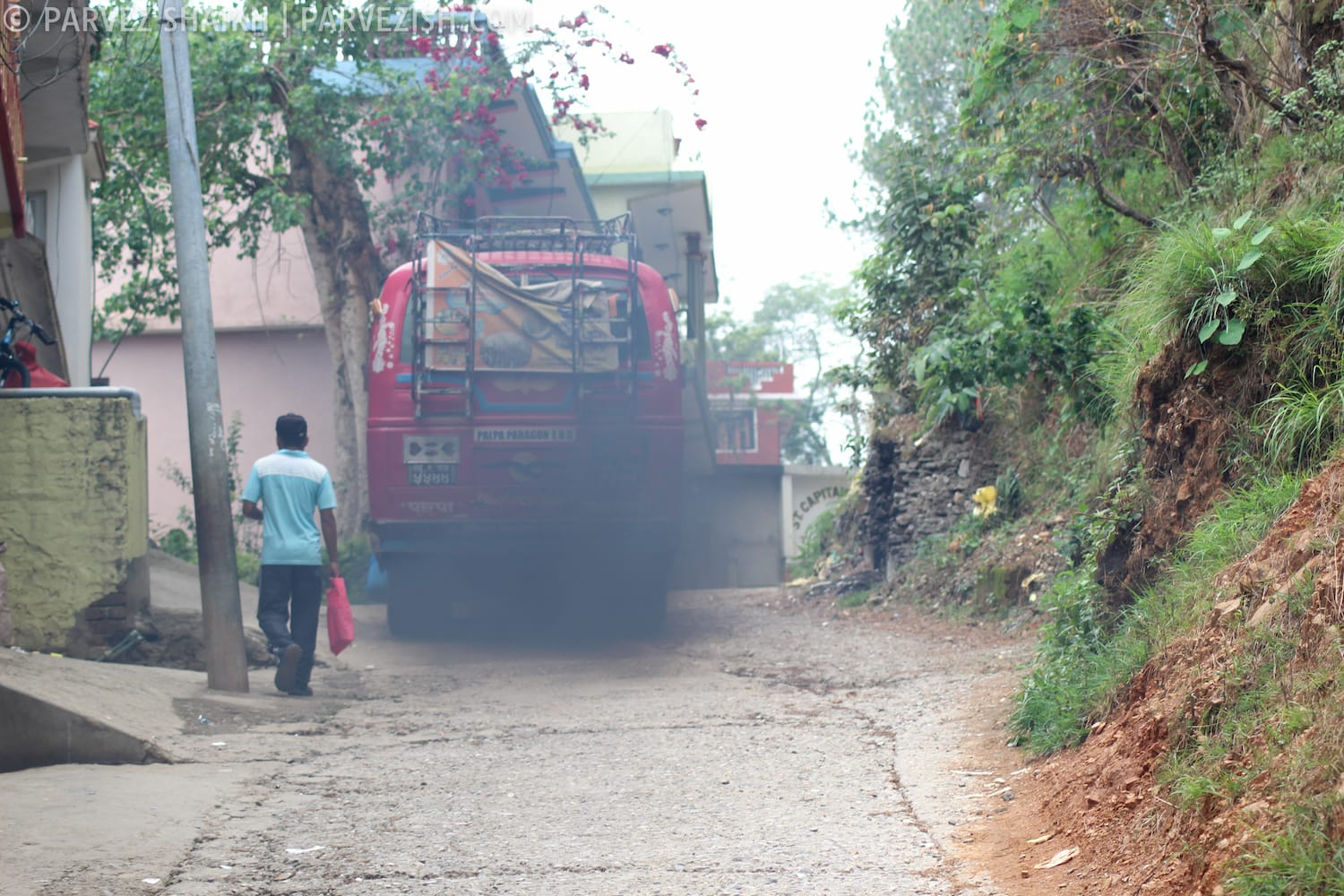
If your travel plans are clear that you will be entering and exiting Nepal via road only, you can leave your passport home and carry an election card. In fact, you can travel to Nepal even if you were never issued a passport.
As I usually have my trips planned ahead, I always carry my passport. It also generates a sense of credibility and trust – more than any other ID – and I advise you to carry your passport along, too.
Nepal Visa Requirements for Indians: Summary
Okay, let’s make it clear: Indians do not need a visa or a permit to enter Nepal. The Indo-Nepal treaty allows free movement and citizens of both countries can travel to either side without a visa or even a passport.
Even though a passport is not required to enter Nepal, you should carry it along. You will need your passport if you are flying into Nepal from a country other than India. If you are flying from India, you can carry an election card if you don’t have a passport.
If you are entering Nepal in a vehicle, you are required to get an entry pass before your entry.
Note: These visa rules are applicable only to Indians entering Nepal. Citizens of other countries should read Nepal visa requirements before their visit.
That’s it, folks. This was Parvez and you were reading Nepal Visa Requirements for Indians on Parvezish. I hope I was able to clear some usual confusion about this topic and I wish you a happy trip to Nepal.
Have you already visited Nepal? How was your experience at the border? How did you spend your time in the country? Do share your experience with me.
Have a tip you would like to share? Can this article be improved? Feel free to share your suggestions.
Also read: Understanding Bhutan Visa Requirements
